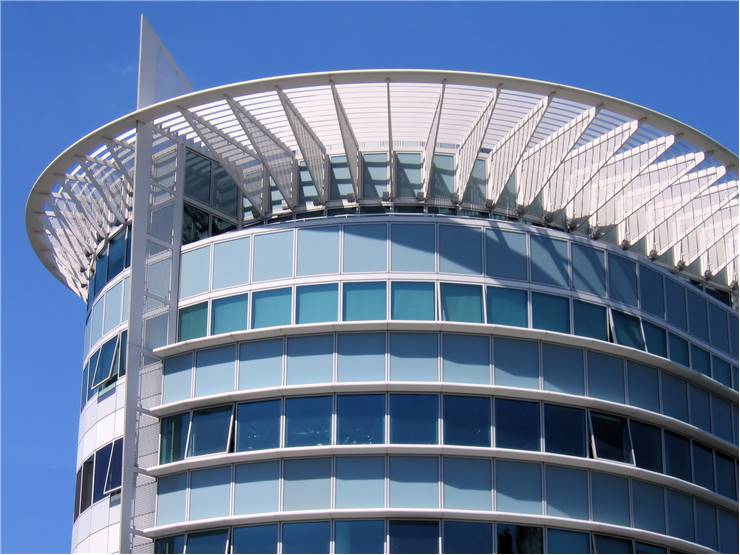The history of glass making
Stone-age man has used naturally occurring glass obsidian, the black volcanic glass, and tektites to craft weapons and decorative objects.
Archaeological findings in Egypt and Eastern Mesopotamia indicate that the first manufactured glass dates back to 3000BC. The oldest fragments of glass vases were found in Mesopotamia in the 16th century BC and they represented the evidence of the origins of the hollow glass industry. Beside Mesopotamia, hollow glass production was also evolving in the same time in Egypt, in Mycenae (Greece), China and North Tyrol. The first glassmaking manual from the library of the Assyrian king Ashurbanipal (669-626 BC) dates back to around 650BC.
In the beginning glassmaking was slow and costly, it was luxury item and few people could afford it. The discovery of new technique of ``glass blowing`` around the end of the 1st century and was a revolutionary event in the history of glass making. This invention was attributed to Syrian craftsmen. The glass bowling made glass production easier, faster and cheaper and glass, for the first time, became available to ordinary citizens. The tools and techniques of glass blowing have changed very little over the centuries.

The art of glass making flourished in the Roman Empire and spread across Western Europe and the Mediterranean. Glass was one of the most important items of trade beyond the borders of the Roman Empire. The Romans were the first one who began to use glass for architectural purposes, when clear glass was discovered in Alexandria around AD 100.
A flourishing glass industry was developed in Europe at the end of the 13th century when the glass industry was established in Venice by the time of Crusades (AD 1096-1270). In 1291, equipment for glassmaking was transferred to the Venetian island Murano where ``cristallo`` (colorless glass) was invented by Angelo Barovier. Despite the efforts of the Venetian artisans who dominated the glass industry to keep the technology secret, it soon spread around Europe.
In Germany and other northern European countries glassmaking became important by the late 1400`s and early 1500`s and during the 1500`s it became important in England. George Ravenscroft (1618-1681), an English glassmaker, invented lead glass in 1674 which was a major breakthrough in the history of glass.
Mechanical technology for mass production began in the latter stages of the Industrial Revolution with Michael Owens`s invention of an automatic bottle blowing machine in 1903 that could produce 2500 bottles per hour.
In the late 1950`s Sir Alastair Pilkington introduced a float glass production method by which 90% of flat glass is still manufactured today.
After 1890, the development, manufacture and use of glass increased rapidly. Glass has evolved through advancing technologies and technological evolution naturally continues. Today, glass-making is a modern, hi-tech industry. Modern glass plants are capable of making millions of glass containers a day in many different colors and have been developed for precise continuous production of sheet glass tubing, containers, bulbs and host of other products.


